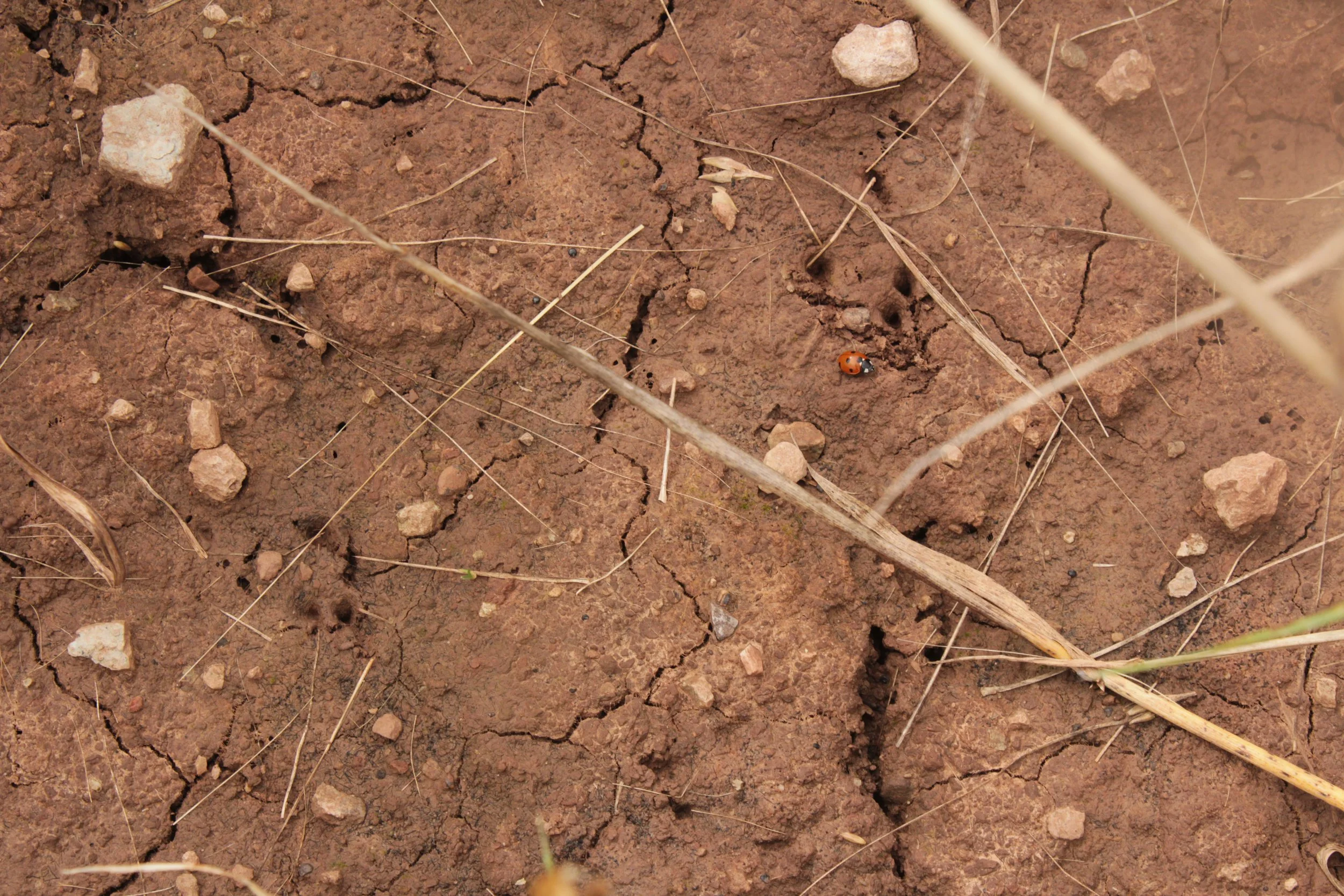Home / British mammals / Hazel dormouse
Hazel dormouse
Scientific name: Muscardinus avellanarius
The hazel dormouse has orange-yellow fur and has a distinctively thick, furry tail. It occurs mainly in the southern counties of England, especially Devon, Sussex, and Kent, and there are scattered populations in the Lake District and Wales.
Taxonomy chart
Animalia - Chordata - Mammalia - Rodentia - Gliridae - Leithiinae - Muscardinus - M. avellanarius
Conservation status: UK Red List
GB: Vulnerable
England: Vulnerable
Scotland: N/A
Wales: Vulnerable
Global: Least Concern
Species information
Habitat: Coniferous woodland, deciduous woodland, mixed woodland.
Description: Orange/yellow fur; our only small mammal with a very distinctive thick furry tail. Large eyes and ears (because it is nocturnal); Paws turn sideways (for climbing).
Size: 60-90mm, tail 57-68mm
Weight: 10-15g in juveniles; 15-26g in adults, up to 43g before hibernation.
Lifespan: Up to five years.
Origin and distribution
Dormice occur mainly in southern counties, especially in Devon, Somerset, Sussex and Kent. There are few recorded localities north of the Midlands, though they are present in parts of the Lake District and in scattered Welsh localities. The dormouse is found in deciduous woodland and overgrown hedgerows.
Diet
Dormice feed on flowers, pollen, fruits, insects and nuts.
General ecology
The dormouse is a strictly nocturnal species found in deciduous woodland and overgrown hedgerows. It spends most of its time climbing among tree branches in search of food, and rarely comes to the ground. During the day it sleeps in a nest, often in a hollow tree branch or a deserted bird nest or nest box. Dormice are able to lower their body temperature and become torpid in order to save energy if food is short or weather prevents them foraging. During the winter they hibernate and are not normally active again until April or May. Thus, dormice may spend three-quarters of their year “asleep”. Dormice live at low population densities (one tenth as abundant as bank voles and wood mice in the same habitats).
Breeding
They can raise one or occasionally two litters a year, each usually of about four young. The new-born dormice remain with their mother for 6-8 weeks before becoming independent. The breeding season and success depends very much on the weather.
Conservation status
Dormice are strictly protected by law and may not be intentionally killed, injured or disturbed in their nests, collected, trapped or sold except under licence. Their principal requirement is for a diverse habitat featuring several different trees and shrubs to provide food throughout the summer. Coppice management of woodlands can create such conditions; but cleared areas and wide rides may interfere with the movements of dormice, because the animals live almost exclusively in the trees. Surveys show dormice have declined in Britain this century. Loss and fragmentation of ancient woodlands, climatic difficulties and suspension of coppicing are all probably connected with this. Nest boxes, put up with the entrance facing a tree trunk, are attractive to dormice and help survival and breeding success.
Re-introductions of dormice are often suggested, but these require suitable areas of woodland habitat and long periods of supplementary feeding. Breeding dormice in captivity is difficult and wild-caught animals are unlikely to be available in sufficient numbers. If fewer than 20 animals are released there is a high risk of failure. However, they have been success-fully reintroduced since 1992 to several counties (including Cheshire, Cambridgeshire, Derbyshire).
Identification
Orange/yellow fur; distinctive thick furry tail. Very large eyes as it is nocturnal. Head and body length 60-90mm, tail length 50-70mm.
Field signs: Download your printable field sign guide below.
Nests: Dormice will build nests in hazel woodland and are found in tree holes and amongst dense thorny scrub and hedgerows. They are 100-150 mm in diameter woven in low growing shrubs. Dormouse nest tubes are available from the Mammal Society.
Feeding signs: Small rodents all open hazel nuts by nibbling a relatively neat round hole in the shell. Squirrels and birds split the shell completely in half or make jagged holes in it. Dormouse chewed hazel nuts have a smooth inner rim with tooth marks at an angle to the hole on the nut surface.
Download resources
Confusion species
Harvest mouse (Micromys minutus)
Much smaller than hazel dormouse. Golden-brown on top with pale grey/white underside, whilst hazel dormouse is orange/yellow on top and has yellow underside. Brown/pink prehensile (able to grip) tail, differing from non-prehensile, very furry tail of hazel dormouse. Dormouse has larger, more prominent black eyes and black whiskers.
House mouse (Mus domesticus)
Grey/brown fur all over, compared to hazel dormouse coat which is orange/yellow on top and yellow underneath. Brown/pink tail with little fur, unlike very furry tail of hazel dormouse. House mouse has more prominent ears than dormouse, but smaller eyes, as dormouse eyes are big and black.
Wood mouse (Apodemus sylvaticus)
Red/brown on top and pale (often white) underside with yellow/orange streak between forelegs. Hazel dormouse has orange/yellow fur on top with yellow fur on underside. Hazel dormouse has a very furry tail which wood mouse does not have. Ears of wood mouse are larger and more prominent. Eyes of hazel dormouse are larger and more prominent.
Yellow-necked mouse (Apodemus flavicollis)
Red/brown fur on top with pale (often white) underside, whereas hazel dormouse has orange/yellow coat on top and yellow underside. Ears much larger than those of the hazel dormouse and tail is much less hairy, with darker fur along top of tail, whilst dormouse tail is orange/yellow all over and very furry. If you get a closer look: unbroken yellow band across neck, joining forelegs, not present on hazel dormouse.
Identify sounds
Heard a curious animal sound but no idea whose making it?
Wildlife identification FAQ
Still not sure what you’ve found? Head over to our FAQ for an answer.










